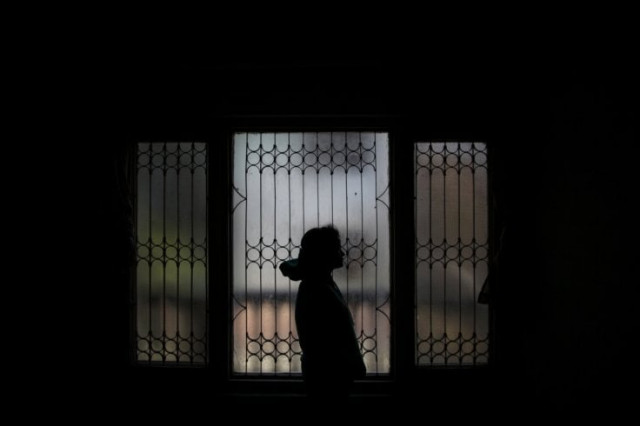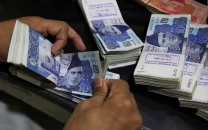Against her will: Gender norms continue to harm women
FGM, child marriages, and the preference for sons over daughters curtail women empowerment

Low literacy rates and early marriages further curtailing access to education for women and girls severely hampers their ability to obtain gainful employment and even take independent healthcare decisions.
This was discussed as the United Nations Population Fund (UNFPA) launched the State of the World Population (SWOP) 2020 Report on Thursday over a Zoom meeting. The report has been launched to coincide with the World Population Day on July 11.
Themed “Against My Will”, the report highlighted the three practices that have and continue to harm women and girls all over the world: female genital mutilation (FGM), child marriages, and the preference for sons over daughters.
Speaking about the report, UNFPA Pakistan Representative Leena Mousa said it is a call for global leaders to end such harmful practices against women and girls.
According to the report, harmful practices are defined by those acts that harm women and girls “physically or psychologically, or both, with the full knowledge and consent of their families, friends and communities.”
These, she said, are fueled by gender inequality, and control women’s sexuality and fertility.
Moreover, despite being banned globally, 33,000 child marriages occur daily. It shuts the doors of educational and employment opportunities on young girls. The practise of FGM is further defined as a violation of human rights to health and bodily integrity, affecting an approximate 200 million women. Just like child marriage, the existence of laws forbidding the practice, 4.1 million women and girls remain at risk of it.
The third and perhaps the most harmful practice is the preference for the male child. This forms the basis of the unequal treatment that most girls undergo as societal constructs glorify the presence of sons. It disadvantages daughters as families spend less on their health and education. Later, it puts a strain on mothers as the desire for a son results in delayed contraception and multiple pregnancies.
The report further aims to meet Goal V of the Sustainable Development Goals (SDG), which is gender equality, by 2030.
Samia Ali Shah of the Population Council shared that Pakistan has nine million girls who are out of schools while 1.7 million girls are married before the age of 18.
With only 48.6% of the total female population literate, and early marriages curtailing access to education - thereby impacting their employment chances and financial independence - only 10% of women in the country can make independent decisions about their health.
It is no surprise then that 5.5 million women have unmet needs for family planning, resulting in 3.7 million unintended pregnancies every year.
Moreover, 8 million women face some form of gender-based violence (GBV) every year, including emotional, physical and sexual violence.
Things, though, are changing as social norms are challenged. Female literacy and education rates are increasing, and the rate of child marriages is one of the lowest in South Asia.
Published in The Express Tribune, July 10th, 2020.



















COMMENTS
Comments are moderated and generally will be posted if they are on-topic and not abusive.
For more information, please see our Comments FAQ